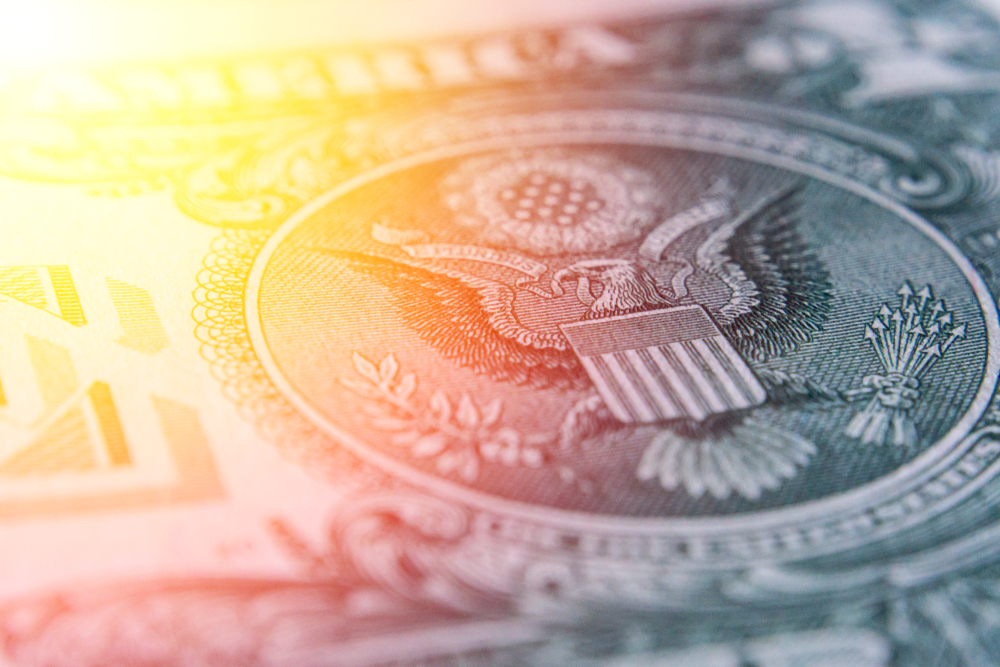China was the first to enter a lockdown due to Covid-19 and the last to come out of it, which inevitably hit consumer confidence. The higher focus on China consumption comes at a time when Beijing is relying heavily on the consumer to drive growth in the economy. But what makes China’s consumer growth story interesting? Here is what investment experts have to say.
Beijing’s focus on China consumption growth
After reopening from the zero-Covid restrictions, Beijing has set a GDP growth target of 5% in 2023.
Franklin Templeton says that the expectation of China meeting or exceeding the 5% mark is justified. The asset management firm believes the key driver will be consumption due to the excess household savings and government support for businesses.
“China’s domestic consumption will be the biggest upside opportunity for overall growth performance in the next six to 12 months,” as per Christy Tan, Invest Strategist at Franklin Templeton.
Goldman Sachs Asset Management has a similar take and says that the reopening from Covid-19 restrictions happened along with strong policy support which is helping consumption recovery and consumer confidence.
“We believe China’s reopening has the potential to trigger a consumption revival in 2023 led by a release of pent-up demand, improvement in the labour market and incomes, and a broader recovery in consumer confidence,” writes GSAM.
Another reason for the focus on China consumer growth is the rising wealth and disposable income of the Chinese.
“This rising affluence is driving growth in areas like travel, food and beverages, and consumer electronics. And nowhere more so than in the often-overlooked lower-tier cities – fast-growing markets with a rapidly expanding consumer class,” says Alex Smith, Equity Investment Specialist at Abrdn.
Coming back to the contribution to China’s economic growth, T. Rowe Price says, “Consumption will have to be the main driver of China’s growth to get to 5% plus in 2023…Consumption is around 55% of GDP on average in recent years. By our calculations, it will need to grow by 9% or more in total (including public consumption) for growth overall to get to 5% plus. Overall, domestic demand will likely need to increase from 2% growth in 2022 to 6% plus in 2023.”
China consumption rebound?
China’s first-quarter GDP growth was 4.5% largely due to the recovery in consumer spending.
Andy Rothman, Investment Strategist at Matthews Asia, says that the recent data shows China’s economy is on a consumer-led recovery aided by policy support.
“Consumer spending and confidence is also supported by the 56% rise in family bank balances from the start of 2020, as Chinese households were in savings mode during zero-COVID. The net increase in household bank accounts is equal to US$6.7 trillion, which is greater than the GDP of Japan in 2022, and equal to 113% of China’s 2019 retail sales. This is significant fuel for a continuing consumer spending rebound, as well as a recovery in mainland equities, where domestic investors hold about 95% of the market,” writes Andy Rothman.
The investment expert adds that China’s economic recovery is likely to be sustainable considering the strength shown by the consumer sector.
Read more

T. Rowe Price
Why US Treasuries may no longer be a safe haven
US Treasuries recent performance has fallen short of expectations.

Candriam
The euro bond market is back in focus
Rising yields and shifting fiscal dynamics are bringing the euro bond market back into focus.

Lombard Odier
EM equities – potential opportunities amid challenges
EM equities face renewed pressure amid US trade policy shifts, slowing growth, and investor outflows.

US Markets
100 days of Donald Trump
The first 100 days of Donald Trump’s second term have shaken markets. Asset managers weigh in on US equities, bonds, and the dollar.





















